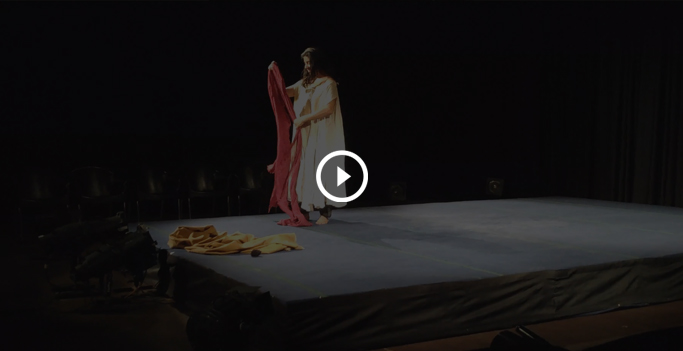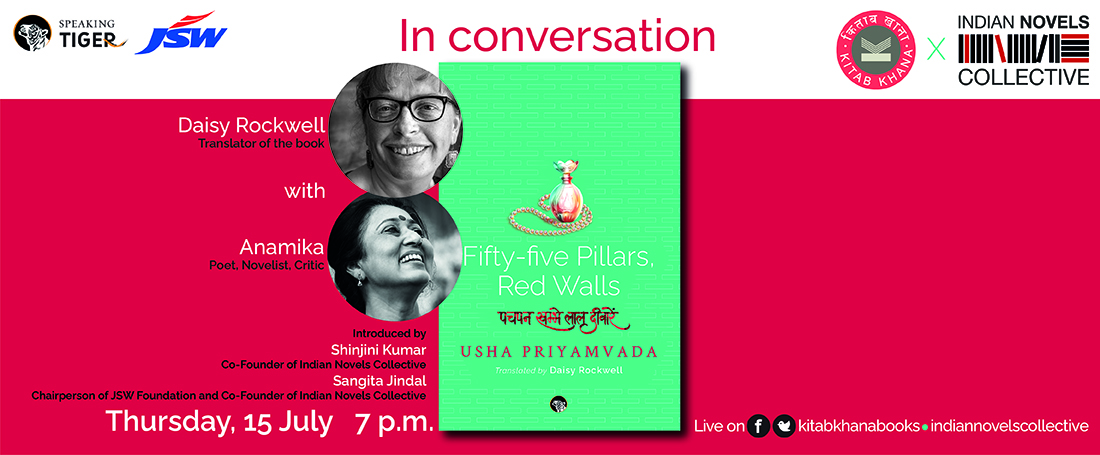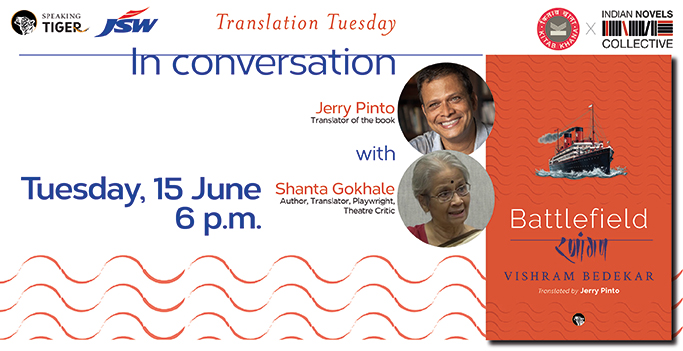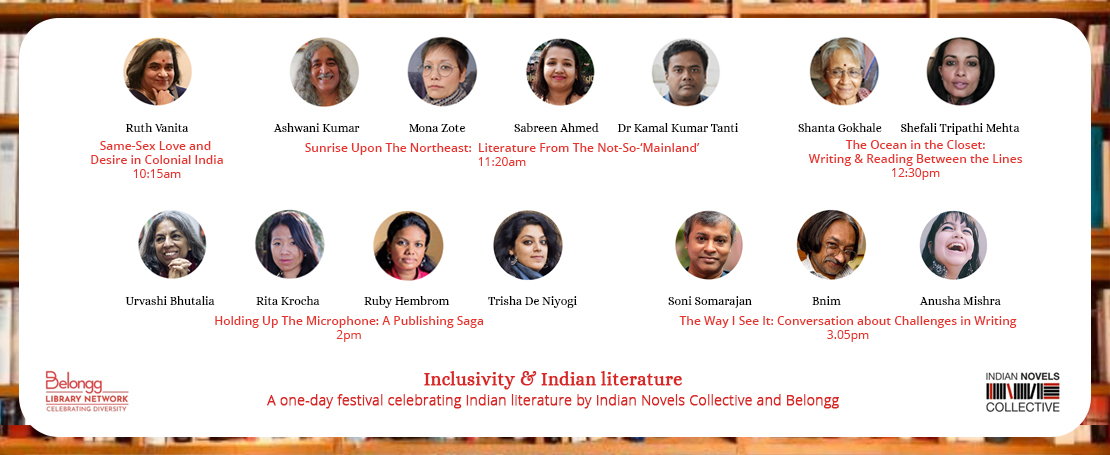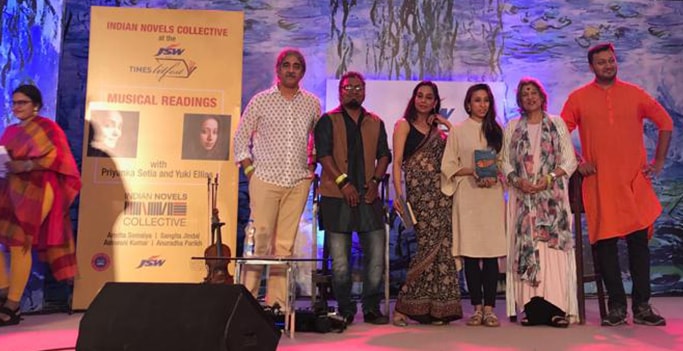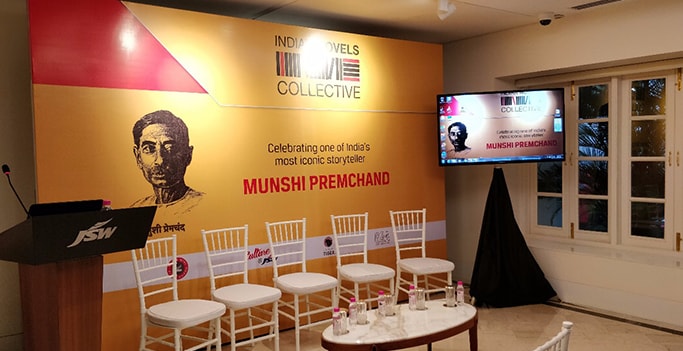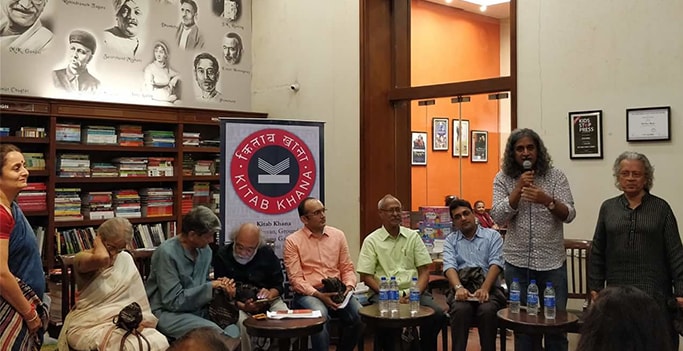O Lalla, O Lal Ded, O Lalleshwari!
On 9 February 2020, the G5A Foundation for Contemporary Culture, Mumbai reverberated with the Vakhs of Lal Ded performed by Mita Vasisht. A part of the G5A performance long run, the show consisted of a play, a Q&A session with the performer, and a screening of a documentary, She of the Four Names.
One of the many unique things about this performance was the purvarang to the play, where the artist took the stage to familiarise the audience with the Eastern theatrical tradition of invoking the muse and interacting with the audience to bring everyone on the same page. The purvarang to Lal Ded involved an introduction to the Kashmiri language, followed by a primer on Lal Ded’s Vakhs through three Lal Vakhs performed by Vasisht herself. Breaking the fourth wall, she introduced the audience to the soundscape of the play, i.e. Hindi, English and Kashmiri followed by a soundscape of Kashmiri language, by asking the audience to repeat this Vakh after her:
kus mari ta kasuu maaran
Who dies? Who is slain?
He who forsakes God’s Name,
And gets involved in worldly cares.
It’s he who dies. It’s he who is slain.
The purvarang instantly faded into a performance that chronicled the life of a mystic Shaivic saint who continues to be the shared archetype for all Kashmiris, Hindus and Muslims, from seven hundred years ago, right up to the present day – Lal Ded. Lal Ded’s short poems known as vakhs pierced through the radical fundamentalism in the valley and became a part of not only the local language, but also of the Kashmiri collective consciousness and identity. A yogini who was real, ethereal, and surreal, at once led a life of equal parts reverence and disdain. Through her performance, Vasisht recreated distinct moments of Lalleshwari’s life that shaped the mysticism, the realness, the despair, the familiar and the unfamiliar about an individual that surpassed the mere markers of identity. This transcendentalism was clearly reflected in Vasisht’s movement, speech, theatrics, performance, and being. Transitioning mellifluously from English to Hindi to Kashmiri, she resurrected not only the poet, but also the Kashmir she occupied for all her mortal existence.The socio-cultural position of a yogini lost in her practice, her family’s speculation of her morality and chastity, followed by criticism, and her final embracing of Shiva and Shakti as “the moon rose in her” liberating her anguishing spirit from the confines of the self, were all encompassed in a seventy five-minute routine of dialogues and poems that Vasisht embodies to her core as if muscle memory. One could not point the art and the artist apart to a point where it was as if Vasisht herself was walking on water, filling lakes full with one vessel of water, or asking for the eternal embrace of what reigned supreme. This immersive experience came a full circle as the audience listened in rapt attention to her invocation to Lal Ded: “O Lalla, O Lal Ded, O Lalleshwari!” The play, after a resounding standing ovation, was followed by a discussion with the artist and a Q&A session where she discussed the process of her arriving to the current format of the play, as well as creating the documentary, She of the Four Names. Vasisht, when asked, ‘Did you pick Lal Ded or did Lal Ded pick you?’ reminisced about her experience of filming the documentary as she met the locals throughout the valley and one specific local was puzzled if she was cursed or blessed that she is ‘with’ Lal Ded. ‘I think you are blessed’ was the response which steered Vasisht into seeking and pursuing Lal Ded further. She also answered questions about learning the Kashmiri language, body politics, sense of self, other and the fluidity of this sense, mystic poetry, feminism and on her views and experience embodying Lal Ded and her relevance in the 21st century.
Towards the end, the audience viewed the screening of a documentary created by Vasisht herself, which is available on YouTube.
Indian Novels Collective is grateful to be associated with this re-introduction of an Indian poet, rooted in a very specific subset of language and culture.





